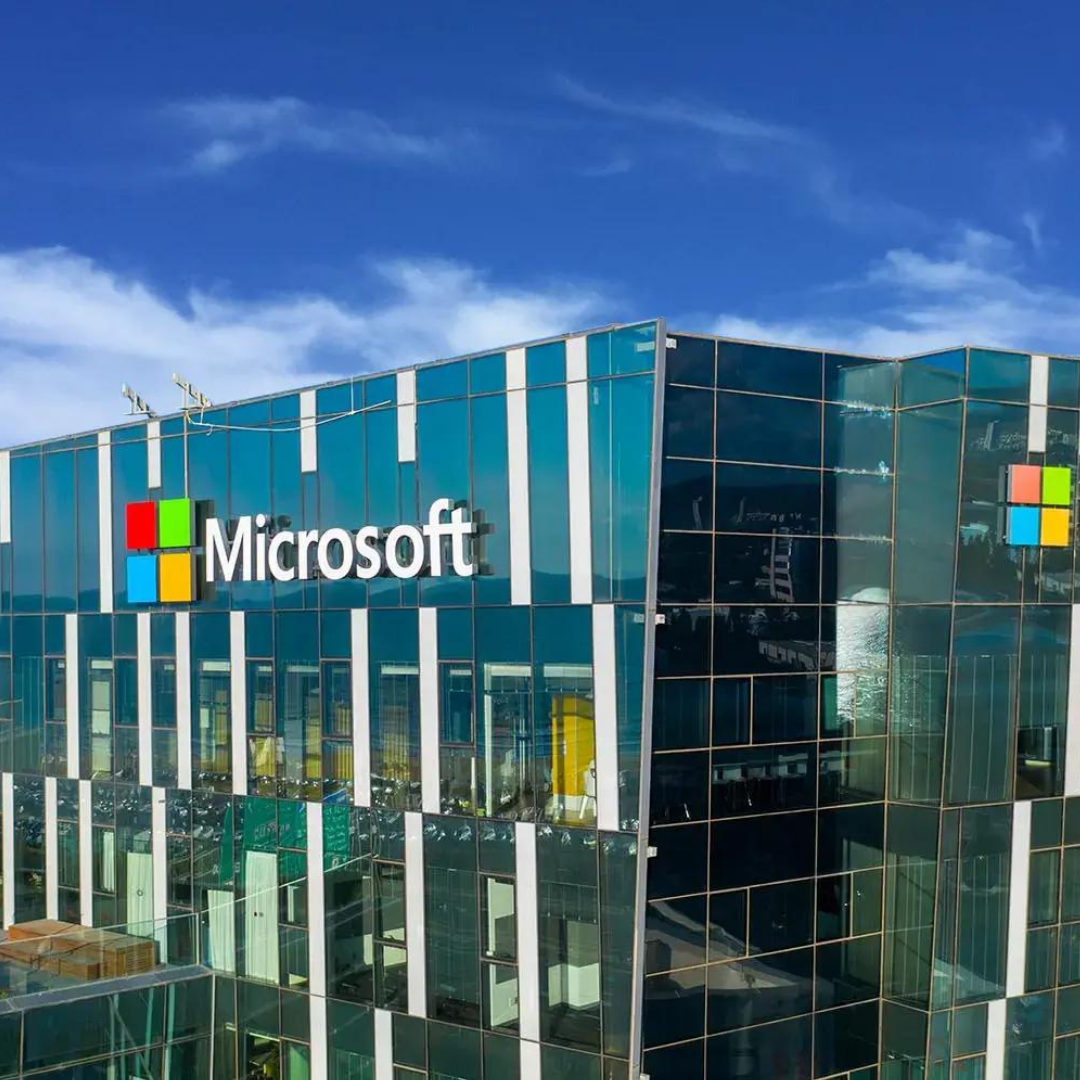
Microsoft Makes a Serious Commitment to Hybrid Work
The future of work has arrived. Here’s how to make it work for you.
Microsoft was one of the first companies to send employees home in 2020, as the scope of the pandemic became apparent. Today, the software giant is one of the largest companies to come out vociferously in favor of a hybrid workplace for its 160,000 employees who work in 21 countries. As a first step in that direction, the company soft-opened its Redmond, Washington, headquarters and nearby campuses in late March.
A new operating model
In a recent blog post on the company’s website, Kurt DelBene, Executive Vice President, laid out the philosophy behind its intentions to run a hybrid workplace well into the post-pandemic future. The blog post reveals that Microsoft has truly grokked the enormity of hybrid work.
“Looking ahead, we know that hybrid work requires a new operating model and strategy that encompasses flexible work policy, inclusive space design and innovative technology solutions,” he writes.
We're on the brink of disruption
In an article on the company’s website, provocatively titled, ”The Next Great Disruption Is Hybrid Work—Are We Ready?” the company asserts, “We’re on the brink of a disruption as great as last year’s sudden shift to remote work.” Another sobering statement in the piece positions hybrid work – or better put, a flexible, employee-centric workplace – as critical defense in the talent wars: “With over 40 percent of the global workforce considering leaving their employer this year, a thoughtful approach to hybrid work will be critical for attracting and retaining diverse talent.”
In a world where the majority of work is team based, “hybrid” is indeed a potential threat to the continued functioning of teams – unless the physical gaps between team members can be bridged by technology and other innovations.
We're supporting the hybrid work evolution
To that end, rather than trying to limit who works where, is appears that Microsoft is accepting the inherently chaotic nature of hybrid work, where every employee choosing for themselves where to work on any given day. They are accepting the new normal, but working to offset any potential hazards through innovation. “We’re supporting the hybrid work evolution through innovations within our technology tools to help people navigate both remote and hybrid work environments,” DelBene writes in his blog post.
Inside Microsoft's hybrid work approach
The tenets of Microsoft’s hybrid approach described by DelBene include:
- Flexibility by default - “we view working from home part of the time (less than 50%) as standard for most roles – assuming manager and team alignment.”
- Prioritizing inclusivity - “Microsoft standardizes inclusive design at our global work sites and we draw on the full range of human diversity to ensure every office space we create benefits people universally. Whether employees are working from home, at the workplace or utilizing many of the outdoor collaboration spaces we have at our work sites, our approach seeks to create a sense of belonging and helps teams stay connected however they choose to work.’
- Staying open minded - “…we are adapting to a new way of working with an expanded understanding of flexibility. We know there are thousands of ways of working – in the last year our employees have shown what is possible – and we believe that flexibility is essential to maintaining work-life balance.”
- Seeking feedback and data - “Frequent and transparent communication with our employees has become more critical than ever, establishing a meaningful feedback loop that allows us all to learn and iterate.”
Conclusion
It’s heartening to see a major employer not only embrace the new world of workplace but to set themselves up for a continuous loop of experimentation, observation, learning and innovation. Imagine being an employee at a company that, by contrast, remains hostile to workplace flexibility. Where would you rather work? Where would you rather be if you had to recruit talent?
The good news is that even companies without Microsoft’s enormous tech chops can embrace the emerging flexible workplace with a similar approach.
LiquidSpace offers the only enterprise-grade solution to manage hybrid and distributed workplace strategies in one place. LiquidSpace Enterprise allows employees to book both corporate and approved third party workspaces with an easy to use mobile interface. Your company can gather critical data and actionable insights – so you can to understand employee adoption and usage patterns, spend overview, and ESG impact.
Learn more and request a demo at http://liquidspace.com/enterprise.
Ready to continue your journey?
There are two great ways to do it.
Ready to continue your journey?
There are two great ways to do it.






